Scaling Art Production for Live-Service Games: Challenges, Innovations, and Future-Ready Pipelines
iXie gaming
MARCH 2, 2025
Genshin Impact: miHoYo uses a combination of handcrafted assets and procedural generation to sustain its ever-expanding open-world environment. Procedural Generation By automating terrain, foliage, and props, procedural generation: (i). Enables dynamic world-building with non-repetitive assets.


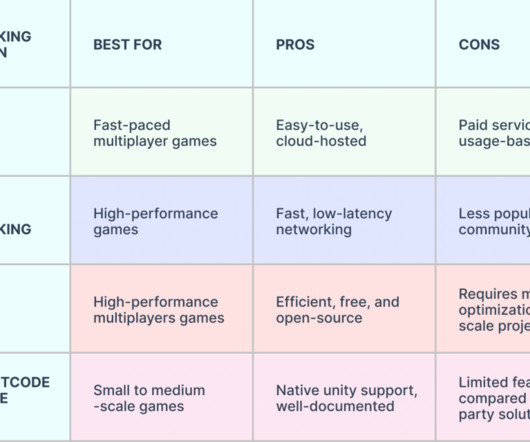
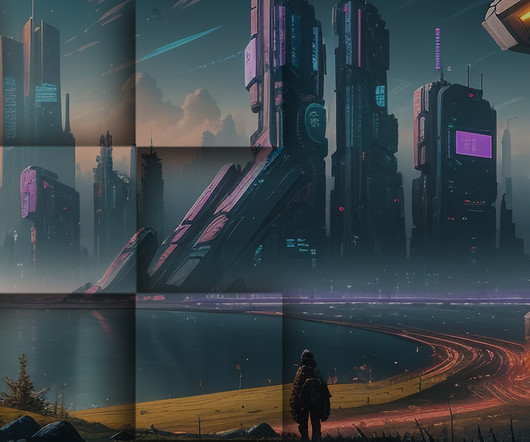
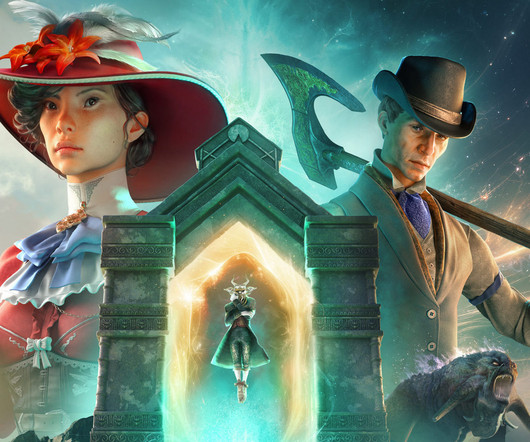
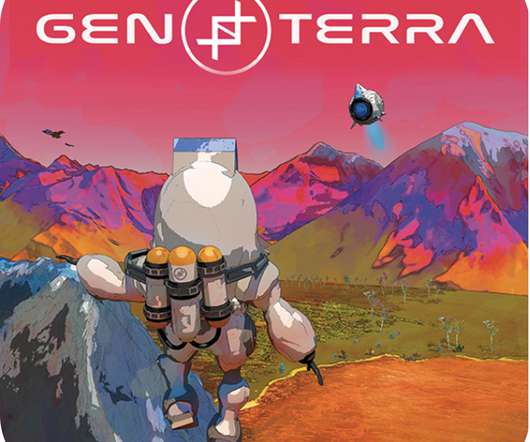
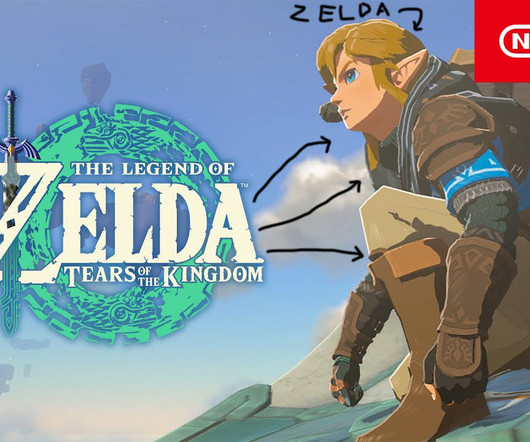

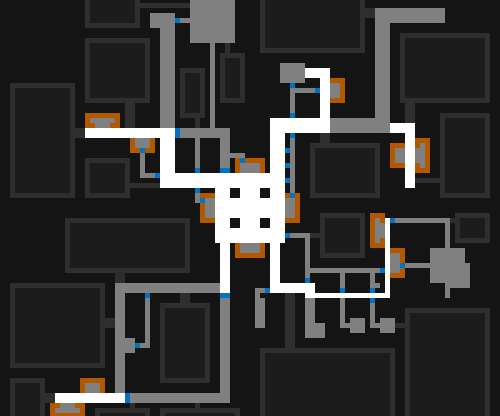
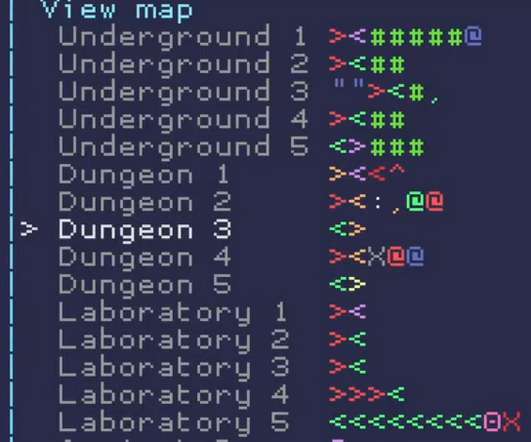
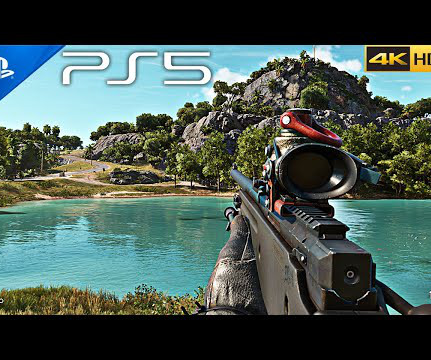
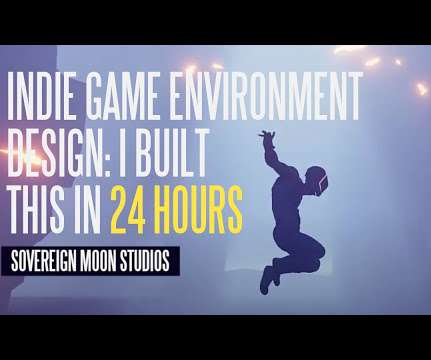






Let's personalize your content